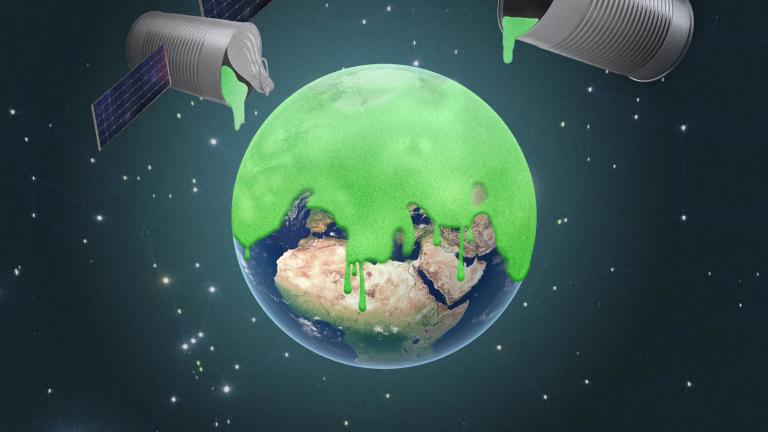
Early last year, entrepreneur Luke Iseman says, he released a pair of sulfur dioxide–filled weather balloons from Mexico’s Baja California peninsula, in the hope that they’d burst miles above Earth.
It was a trivial act in itself, involving far less of the gas than a commercial airliner releases. But the launch was imbued with meaning, and it pushed the simmering debate over extreme climate interventions into a new realm.
In effect, Iseman attempted to carry out a tiny, DIY act of solar geoengineering, the controversial proposal that the world could counteract climate change by releasing particles that reflect more sunlight back into space. By aiming for the stratosphere, he crossed a line where most (though perhaps not all) researchers had stopped short. That’s largely because earlier proposals to carry out even small-scale research efforts in that layer of the atmosphere encountered fierce public pushback.
Iseman, who went on to cofound the company Make Sunsets to sell “cooling credits” for carrying out such launches, avoided the debate by just doing it, without disclosing his plans or asking anyone’s permission.






